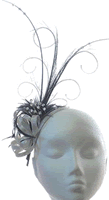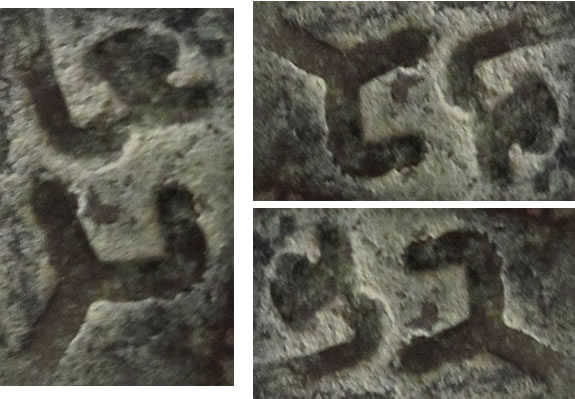
I learnt a new word from the radio this morning – fascinator. They were talking about hats and somebody mentions the fascinator, something I hadn’t heard of before.
A fascinator or facinator hat is: “a small headpiece usually mounted on a base, comb or headband worn jauntily to the front or side incorporating a combination of feathers, flowers, coils, curls and other trimmings.” [Source]
Apparently the fascintor was originally a fine, lacy head covering made of wool or lace and like a shawl. It went out of fashion in the 1970s, but has made a come-back recently in a different form. They are almost exclusively worn by women, especially to special occasions like weddings and big race meetings such as Ascot. [Source]

